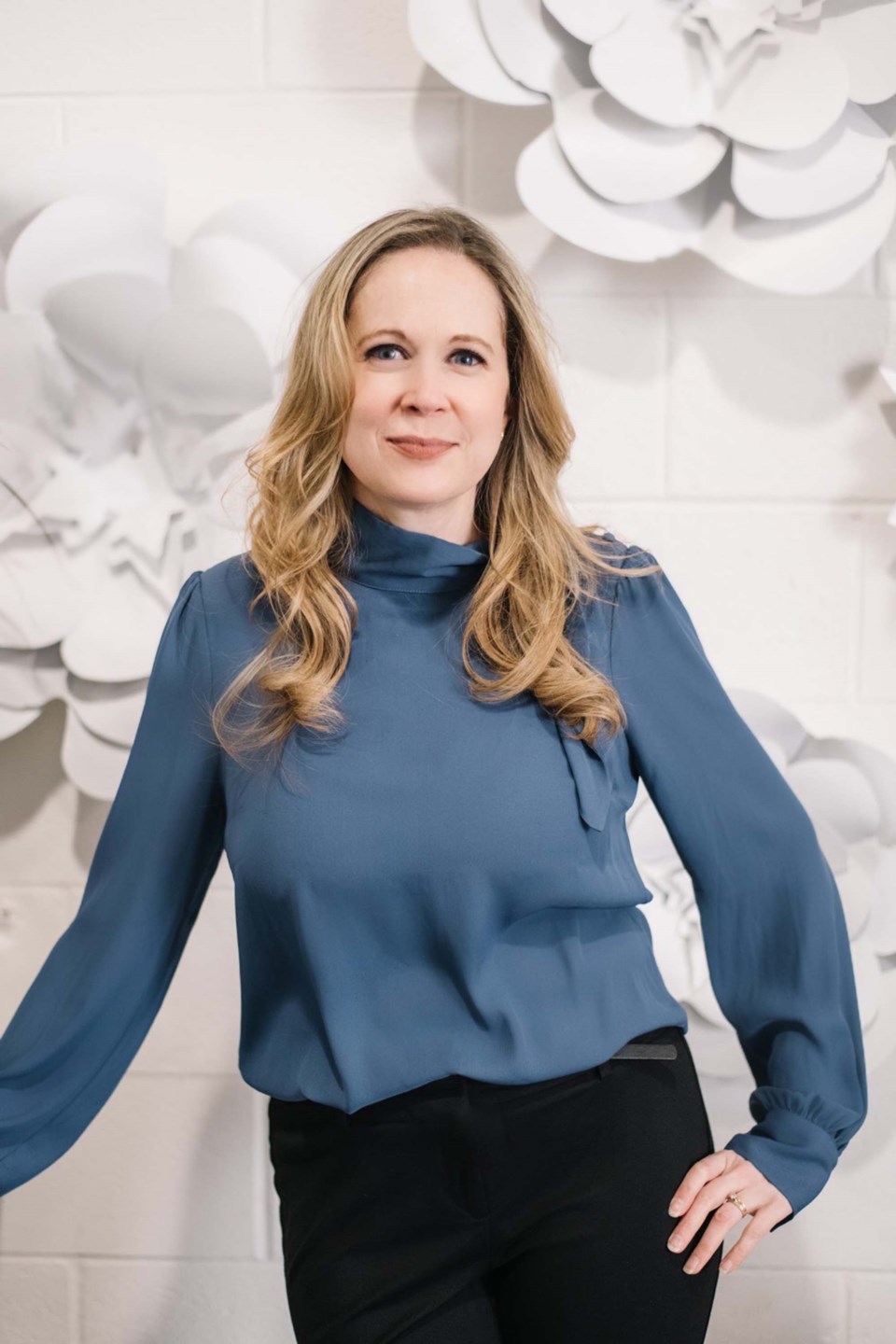In the mid-sized cities across Alberta there were 16 women running for mayoral seats out of a total of 53 candidates, representing 30 per cent of all candidates, said one municipal expert.
St. Albert had gender parity when it came to women running for mayor, with two candidates — Cathy Heron and Angela Wood — out of the four total candidates, said Lisa Holmes, who is the former mayor of Morinville and founding partner and chief operating officer of Diplomat Consulting.
As for council candidates, women in St. Albert made up 35 per cent of the candidates this time around, while in the 2017 election they made up 32 per cent of the candidates.
Holmes, who is also a former president of the Alberta Urban Municipalities Association, said in the 2017 election women only made up 16 per cent of mayoral candidates across the province, marking a 14-per-cent increase in the past four years.
When it comes to council candidates in Alberta, there are 88 women running out of a total of 285 seats in the province’s mid-sized cities, which is up from 85 last election. That means women make up 31 per cent of candidates for council positions, up from 30 per cent last time.
Holmes, who compiled the data looking at how many women are running this time, said the United Nations has a standard — they expect a minimum representation of 30 per cent of elected seats taken up by women. In Canada we are getting close, but still not there.
“I fully believe that if you don't see diversity on the ballot, you won't see diversity on council. That's a given,” Holmes said.
The 30-per-cent standard has been in place for decades, Holmes said, and governments across the world continue to struggle to meet the benchmark.
In the 2019 federal election, women made up around 29 per cent of the seats, which was the most women ever sent to Ottawa.
Some municipalities in the province have broken the 30-per-cent threshold, but it is not a trend for the entire province.
“We need to encourage more women of all types to get on the ballot and to be an option for voters,” Holmes said.
“There has been growth in a lot of areas but there's room to move, for sure.”
Barriers to entry
Stereotypes often hold women back from running for office, Holmes said, adding there are major stereotypes around gender, age, and race.
If a voter doesn’t take the time to get educated and informed about the candidates in their area, they may rely on stereotypes, which and mean women, people of colour, and other marginalized groups are disproportionately not chosen for seats.
When women are from other marginalized groups, their representation in all orders of governments drops dramatically, said Holmes, referring to data from a Federation of Canadian Municipalities report.
According to the report, in 2006 Indigenous women and girls made up four per cent of the total Canadian female population.
In 2011, immigrant women made up 21.2 per cent of the country’s total female population and racialized women made up 19.3 per cent of Canada’s total female population.
But, after the 2015 federal election, only 0.9 per cent of MPs elected were Indigenous women; 3.8 per cent of MPs were immigrant women; and 4.4 per cent of MPs were racialized women.
There is a significant data gap on race and gender identity for municipal councillors, the report said, but anecdotal evidence suggests marginalized groups are under-represented in these orders of government, too.
Holmes said, in Alberta, women made up only 18 per cent of mayors and 20 per cent of councillors.
Another issue women face is confidence, Holmes said.
Former mayor of Banff Karen Sorensen, who was chosen as a Canadian senator in July, spoke to The Gazette earlier this year and said often women run into a confidence issue when it comes to running for office.
“I think confidence can be more of a barrier for women than men,” Sorenson said.
Women may not even see it as a confidence issue, but they often think people won't vote for them, they can’t raise enough money for a campaign, or they aren’t thick-skinned enough to run.
Women also have to deal with derogatory comments, Sorenson said.
“The derogatory comments made, particularly now through social media … [are] very disturbing,” Sorenson said.
Men often get beat up on social media, Sorenson said, but it's not usually based on their gender.
Women often get elected as councillors before running for mayor, Holmes said, while men are more likely to run for mayor without having council experience.
Child care and the low pay for council positions also impacts whether women will jump into elections.
Holmes said she used to joke that she paid more money in child care in her first term on council in Morinville than she got paid for the job, and subsidized her council runs for 2010 and 2013 by paying for full-time child care.
“We have a really low rate of compensation for elected officials, even though we expect them to work positions that are essentially more than full time,” Holmes said.
The lack of parental leave for council positions can also deter younger women from seeking office, Holmes said, but the Municipal Government Act was changed in 2016 to allow councils to have parental leave for new parents. Now some communities are implementing it.
There is currently no gender data compiled for the 2021 municipal election. Holmes is going through the data and compiling her own information on gender identity.
“I think the more statistics that we have the more we're able to highlight where there [are] gaps,” Holmes said.
“We need to be able to see and then measure the information, year over year, to be able to tell whether we're actually making the change, and whether our councils are going to become more representative of who we are as people.”




